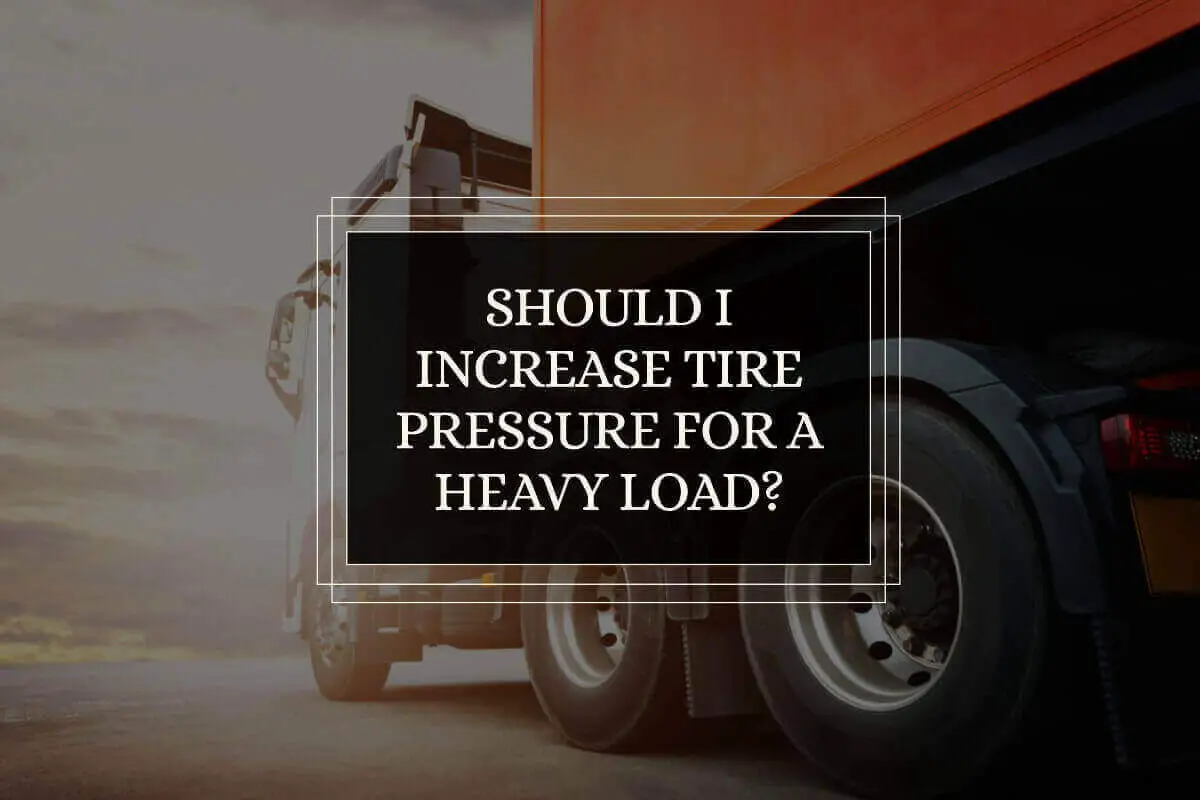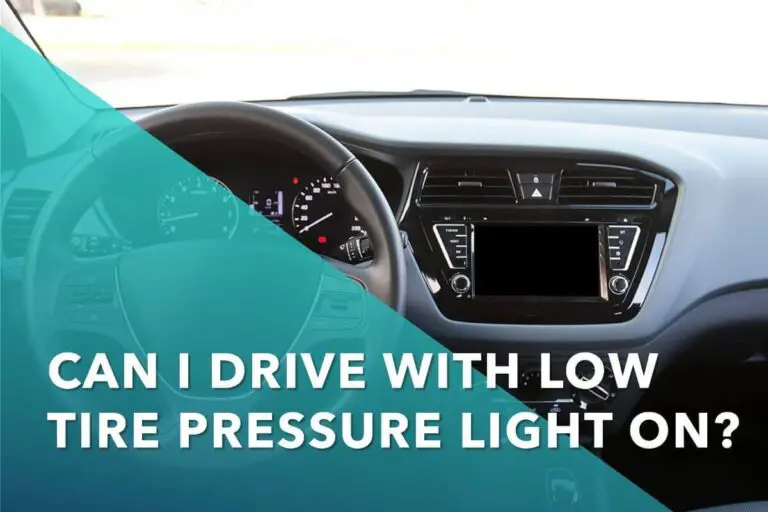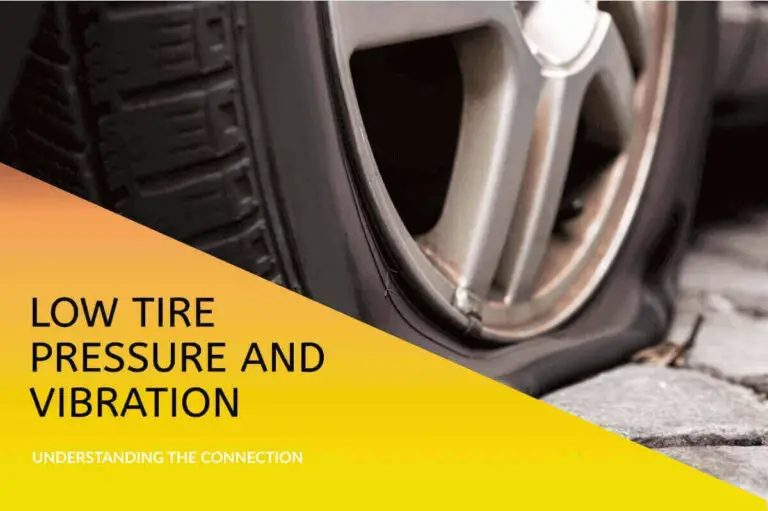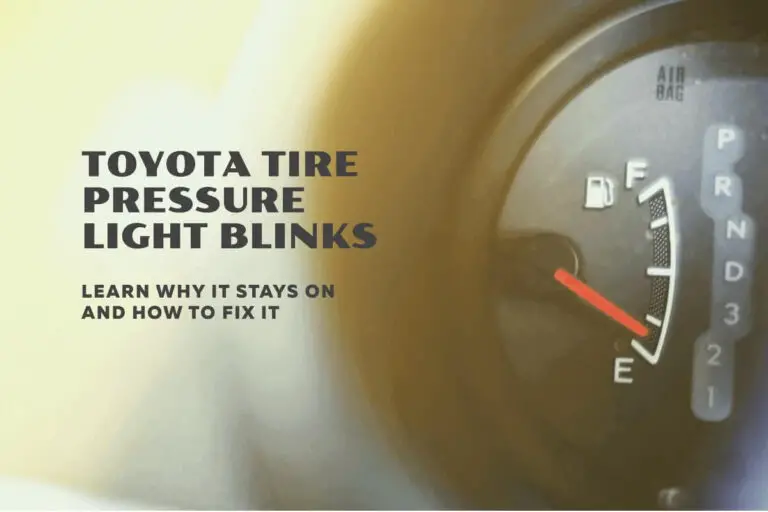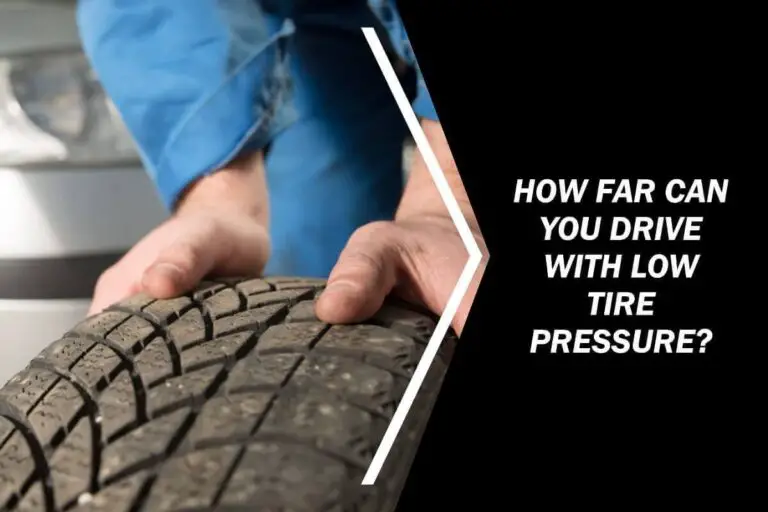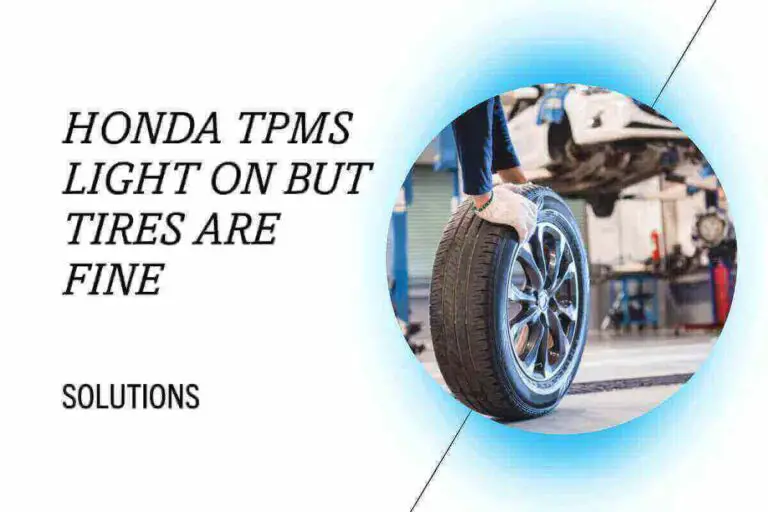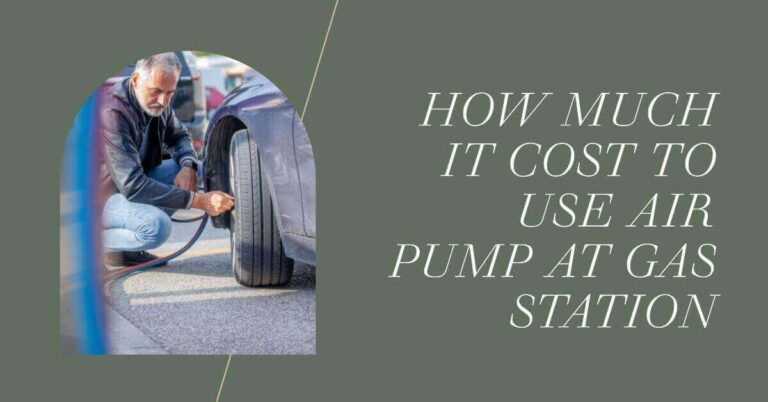A big worry is increasing pressure affects vehicles and tires,
Even when you are driving with a heavy load.
You must not drive with a tire that has low pressure.
But the recommended pressure is enough for carrying a heavy load?
Should I Increase Tire Pressure For A Heavy Load
Should I increase tire pressure for a heavy load?
But it is not recommended to fill the tires with max Psi, you need to take some space in the tires to avoid any danger like blowout of tires due to overinflated tires, blowout occur is due to overinflated tires which have less flexibility. You can refill your tires which is the ideal price, max Psi is written on the sidewall of the tire.
If the tire has the capability of taking pressure of 44 Psi, it is considered ideal to fill the pressure of your tire around 32-35 Psi.
You can fill your tire with about 38 Psi or 40 Psi depending on the load on your vehicle. If the load is heavier, you can go up to the 42 Psi, but don’t fill the pressure in the tire to max Psi.
Related: Deal With The Underinflated Tires
Max Psi is mostly a danger sign that you should consider while filling the pressure. The most dangerous thing is blowout which occurs due to the stiffness and less flexibility of the tires if you fill the tire to maximum Psi.
Whenever your tire hit a hard thing or hitting to a curb, it creates some noise and most likely it damages your tire seriously.
Do You Even Need To Add More Air?
YES. We need more air or pressure in our tires when the load is increasing in the vehicle.
In some forums and articles, it is written that the tire will compress under a bigger load, making the volume inside the tire smaller, so that the pressure is higher.
But in reality, this is not working anymore, with written more legit articles and forums and with the experience of adding more load, we conclude that,
The load on the vehicle does not significantly increase the pressure in the tire, and it not inflating the tire more which will increase friction. This will heat up the tire.
The proper amount of pressure will be required for adding more load to the vehicle.
When you have ideal pressure ideally adding more load, the vehicle is easy to handle, giving you more comfort and increase fuel economy.
How Much Air is Enough?
The recommended tire pressure in most vehicles is 32 Psi – 35 Psi. You can find your tire pressure guide on your owner’s manual or maintenance manual.
But what pressure with the more load on the tire?
If the vehicle has a max Psi is 44 Psi can be viewed on the sidewall of the tire,
You should fill the tire with the 36 Psi with the standard load in the vehicle.
While 42 Psi is recommended for the heavy load in the vehicle.
Always check the pressure of the tire when you on off-road whether in cold or in summer.
Hot tires most of the time give you an inaccurate reading due to the increasing pressure in the tire.
For these purposes, it is recommended to check the pressure of the tire in the morning to check the accurate and precise value of your tire.
Should I Fill My Tires To Max Psi
The answer is a simple NO. This is not ideal to fill your tires to max Psi written on the sidewall of the tire.
You should create some space while filling the tires. If you have a heavy load then you can go to the before maximum point, 1 Psi or 2 Psi are low with the max Psi.
This will not hurt your tire and avoid damaging the tire even if you can hit a solid thing, but also give comfort, is easy to handle, and has good fuel economy.
The main reason for the damage is tire blowout due to more stiffness and less flexibility in overinflated tires you are expecting your ride to be easy with the overinflated tires and the mileage of gas is increased. But it is not true.
Why Do Over-Inflated Tires Cause A Bumpy Ride?
With a rough or bumpy road, you can feel more bumpy ride when you have more pressure in your tire whether it is thinking of more load in the tire.
This bumpy ride is felt due to the stiffness in the tire and the less flexibility of the tire causes a bumpy ride.
While if you have normal or ideal pressure in the tire, most of the absorbed from the shock, and you can feel an easy and comfortable ride.
That’s why some people faced bent rims when the tire is hit by a solid thing because of their low profile tire which has a low life cycle now.
A blowout can also occur due to the nonflexible sidewall of the tire, and due to the stiffness of an overinflated tire, you may feel most of the time blowout.
Why Proper Inflation Of Tire Pressure Is Important?
Yes, it is very important for you to do proper inflation of the pressure of the tire.
Vehicle handling, tires wearing evenly, increased fuel economy, increased lifespan of the tire, and good traction with a very comfortable ride are the most important benefits of proper inflation.
The recommended pressure for most vehicles is 32-35 Psi. You can also get information on the owner’s manual for your vehicle.
But with the heavy load, you carrying a more load on your vehicle, there will be given information on your owner’s manual or sidewall of the maximum Psi.
Considering the 50 max Psi of the vehicle, you can fill the tire around 36 for a standard load which is a sign of proper inflation.
Along with more heavy load in your vehicle, a 42 Psi or 44 Psi is the maximum tire pressure you can fill in your vehicle.
Because overinflated tires have more dangers than benefits, it causes blowouts of tires, damage your vehicle components, and hurt the lives in the tires.
The tire can also be damaged from the road, because of less flexibility given from the tire due to overinflated tires will more damage the vehicle.
Some things you must follow for proper inflation:
Follow The Instruction Of Owner’s Manual
You must follow firstly the instruction of the owner’s manual. This will help you to give proper knowledge of your vehicle to fill the tire pressure and what are their max Psi for that vehicle.
Temperature Affected On Tires
It is tested that the temperature is affected on tires. In the hot season, the pressure is increased and in cold, those similar pressure is decreased.
This is basically that for every 10-degree fluctuation in the outside temperature, tire pressure will increase or decrease by 1 psi.
So if it gets 10 degrees colder outside, your tires will go down by 1 psi. If it gets 10 degrees warmer, your tires will increase by 1 psi.
Check Tire Pressure In The Morning
It is said before, the better time to check the pressure of the tire is in the morning before you are going on the drive. Because in the morning it gives an accurate and precise reading.
Use A Good Gauge
The quality or good gauge is necessary for checking the tire pressure accurately and precisely. Modern TPMS is working well but it does not give you precise data mostly.
So a quality gauge is required to check your tire pressure properly before going to drive. The Tire pressure gauge is really affordable and you can keep it in your car easily.
Conclusion – Should I Increase Tire Pressure For A Heavy Load
Increasing tire pressure with the increasingly heavy load can be a stressful thing. If you can increase the pressure then it is dangerous or not for the tire. Or load can affect the tire or not.
But with the heavy load, you can increase the tire pressure slightly less than the max Psi.
Don’t fill the tires to a max Psi because it is dangerous for the tire, the most dangerous is the blowout of the tire.
It is recommended to keep your tire pressure at 42 PSI when the vehicle is carrying a heavy load and keep the pressure at 36 PSI when the vehicle is carrying our standard load
FAQs
Where I Can Find The Correct Pressure For My Tires?
Tyre pressure can be defined in many ways you can find it on its owner’s manual and you can find it sticker on the inside of the driver’s door also It can be written on the side of the tire where the pressure is measured in PSI says cars.com.
What Happens If You Inflate Your Tires To The Max Psi?
Blowout is the main cause if you place your tires to max Psi, don’t do it Keep your tire at the ideal pressure. This blowout can occur due to overheating and friction because of the stiffness of the tire and left flexibility of the tire, this can causes a tire blowout.
Does Higher Tire Pressure Increase Wear?
Yes, excessive pressure increases wear This is because this higher air pressure distorts the shape of the tire. And this could lead to a decrease in the friction of the tire and increases the wear.
Is It Bad To Slightly Over-Inflate Your Tires?
No, it is not bad to slightly overinflate the tires especially when you have slightly more load on your vehicle. But higher pressure will affect badly to your tire.

